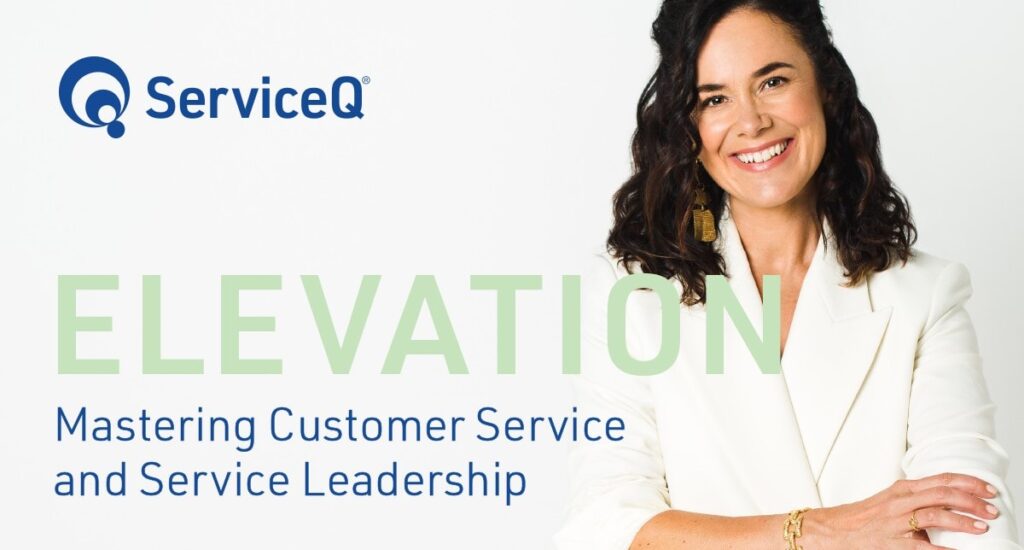Prefer to listen?
I’ve spoken to fifteen of our top clients in the past week, CEO, GM’s and People leaders, and the common theme that kept coming up was: how do we fit in to this new world that we find ourselves in?
When I dug a little deeper, this statement was code for; how do we make the new ways of working (working from home, high technology processes, increased anxiety and wellbeing concerns for team members) fit in a world where customers are expecting more from us (more innovation, more speed, more value)?
Whilst there are many answers I could offer up to this common problem; I thought it would be useful to provide just two future-proof principles to consider for leading the future of service.
- Upskill your people to bounce back and deal with the human stuff.
Technology is reconditioning the way we interact and cope with the human stuff such as responding to grumpy, frustrated customers. To give good service, you first need a healthy dose of motivation and resilience. Superficial motivation and resilience lead to unstable emotions when you’re under pressure – because you can’t keep faking the expected behaviour.
To bounce back and be resilient on a tough day, all stems from the foundation of well-practiced soft skills; how to pay attention, how to ask great questions, how to think critically and creatively, how to apply emotional reasoning to our responses and written replies.
A future-proof plan for staff development and customer loyalty, therefore, must involve frequent, short bursts of service education and training plans to ensure that people in the business are continually learning, growing and strengthening their soft skills, ready to deploy on the good days and the hard days.
- Make a ‘moments that matter’ plan.
‘Moments that matter’ are interactions in which there’s an opportunity to delight a customer and build trust and loyalty – but which, if handled poorly, could lead to you losing that customer.
A great place to start is to consider all the touchpoints (customer journey) your customers experience in your business that create greater stress or anxiety for them. Often this stress can be defused by speaking with a human being; but a human being can make matters worse, in a service failure. Once you’ve identified these touchpoints, decide on the role of the human in them.
There are times when we want to be served by technology; we want the efficiency. There are times when we want to be served by humans; we want the connection. There are times when we want both.
When all’s said and done, businesses who roar through a recession or come out of a crisis with a competitive advantage typically have strong service culture foundations. Put simply: they believe that the humans in their business are their advantage, they invest in their development and make them an intentional feature of their customer journeys.
